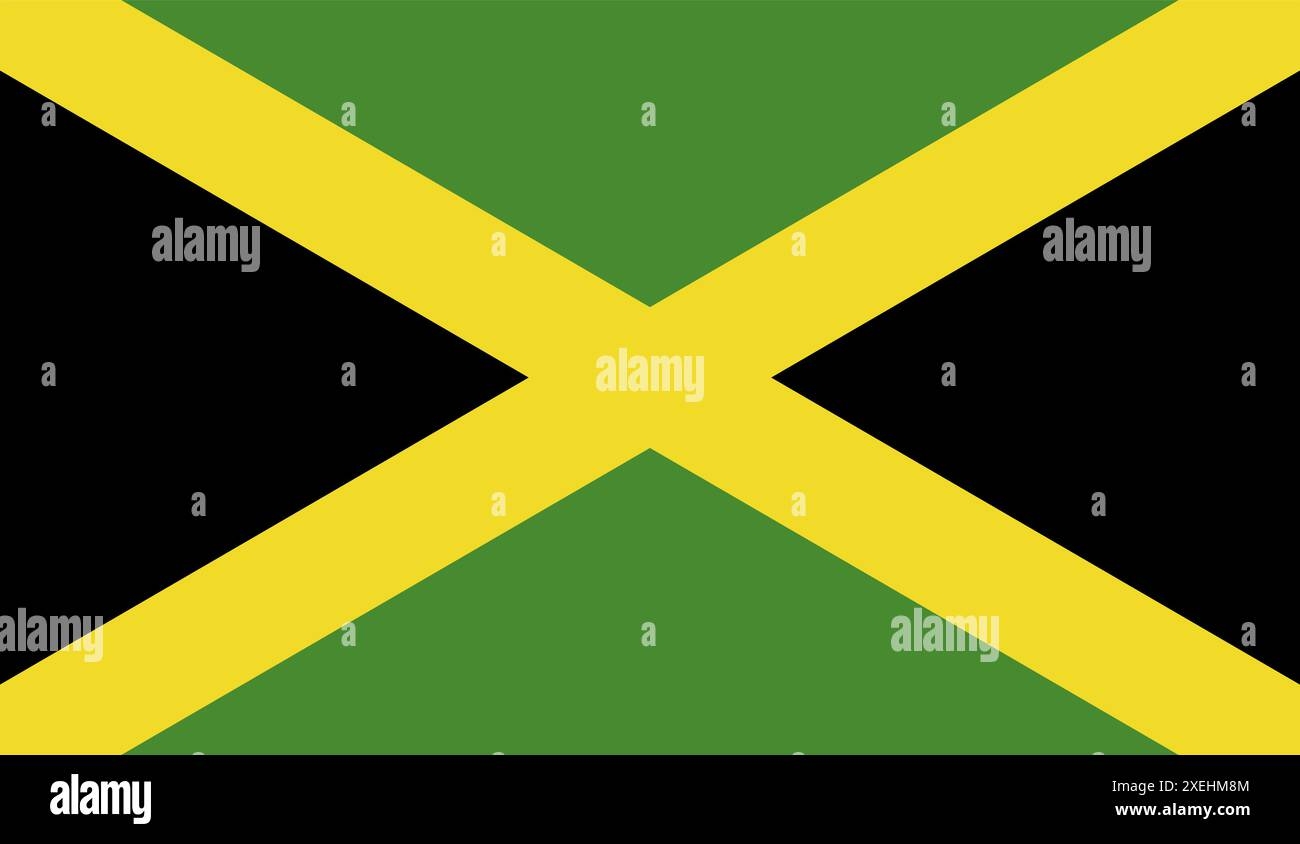Jamaica, an island country located in the Caribbean Sea, is known for its vibrant culture, music, and stunning landscapes. One of the most recognizable symbols of Jamaica is its flag, which features bold and striking colors that hold deep symbolic meaning.
The flag of Jamaica consists of diagonal stripes of black, green, and gold, with the black stripe on the top, the green stripe in the middle, and the gold stripe on the bottom. These colors represent various aspects of Jamaican history, culture, and aspirations.
Colors of the Jamaican Flag
The black color on the Jamaican flag represents the strength and creativity of the Jamaican people. It also symbolizes the hardships and struggles that the country has faced throughout its history. Black is a powerful and bold color that conveys resilience and determination.
The green color on the flag symbolizes the lush vegetation and natural beauty of Jamaica. It represents the country’s agricultural wealth and the hope for a prosperous future. Green is a color of growth, renewal, and vitality, reflecting Jamaica’s rich and diverse landscape.
The gold color on the flag represents the country’s abundant sunshine and the golden sands of its beaches. It symbolizes the wealth of Jamaica’s natural resources and the warmth and hospitality of its people. Gold is a color of luxury, success, and optimism, reflecting Jamaica’s bright and hopeful outlook.
Together, the colors of the Jamaican flag create a powerful and meaningful symbol of national pride and identity. The bold and vibrant colors represent the spirit and energy of the Jamaican people, reflecting their resilience, creativity, and determination to build a bright future for their country.
In conclusion, the colors of the Jamaican flag hold deep symbolic meaning and reflect the rich history, culture, and aspirations of the Jamaican people. The combination of black, green, and gold creates a striking and powerful symbol of national pride and unity, representing the beauty, strength, and optimism of Jamaica.
